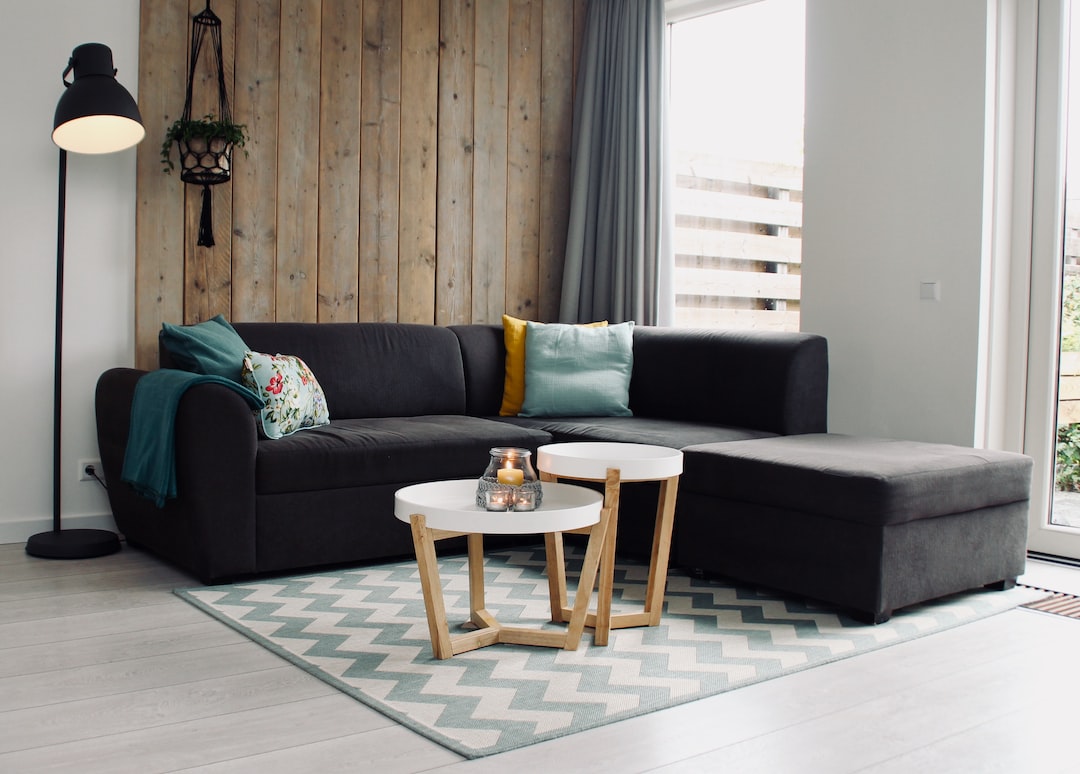Sustainable Furniture: A Green Approach to Home Decor
In today’s world, the concept of sustainability has become a key factor in various industries, including home decor. As more people become aware of the environmental impact of their choices, they are seeking ways to incorporate sustainability into all aspects of their lives, including the furniture they choose for their homes. Sustainable furniture not only helps preserve the environment, but it also adds a unique touch to your home decor. In this blog post, we will explore the green approach to home decor through sustainable furniture.
What is Sustainable Furniture?
Sustainable furniture is a term used to describe furniture that is made using eco-friendly materials and production methods. It is designed to have a minimal impact on the environment throughout its lifecycle, from the sourcing of raw materials to its eventual disposal. Sustainable furniture is also built to be durable, ensuring that it lasts for a long time, reducing the need for replacements and further waste generation.
Eco-Friendly Materials
One of the key aspects of sustainable furniture is the use of eco-friendly materials. These materials are sourced responsibly and do not contribute to deforestation or habitat destruction. Some common eco-friendly materials used in sustainable furniture include reclaimed wood, bamboo, and cork. Reclaimed wood, for example, is salvaged from old buildings or discarded furniture, preventing the need for new trees to be cut down. Bamboo is another popular choice due to its fast growth and renewability. It can be used to make a wide variety of furniture pieces without causing harm to the environment.
Low-Impact Production Methods
Sustainable furniture is also manufactured using low-impact production methods. These methods prioritize energy efficiency, reduced waste generation, and lower carbon emissions. Manufacturers are increasingly adopting sustainable practices such as using water-based adhesives instead of toxic glues, employing renewable energy sources in their factories, and implementing recycling programs to minimize waste. By choosing furniture made with low-impact production methods, you can contribute to reducing the carbon footprint of the industry as a whole.
Durable and Timeless Design
Another important aspect of sustainable furniture is durability. Sustainable furniture is built to last, reducing the need for frequent replacements. This not only saves you money in the long run but also reduces the amount of waste generated. When choosing sustainable furniture, look for well-crafted pieces made with quality materials. These pieces are designed to withstand the test of time, both in terms of style and functionality. Investing in timeless designs ensures that your furniture remains in style for years, reducing the need to follow short-lived trends.
Reducing Waste through Repurposing and Upcycling
Sustainable furniture goes beyond the materials used and the manufacturing process. It also focuses on reducing waste and promoting circularity. Many furniture pieces can be repurposed or upcycled, giving them a new life instead of ending up in landfills. For example, an old wooden door can be transformed into a unique dining table, or a discarded bathtub can be turned into a cozy chair. By embracing repurposing and upcycling, you can give old furniture a second chance while adding character and individuality to your home decor.
In summary, sustainable furniture offers a green approach to home decor that benefits both the environment and your personal style. By choosing furniture made from eco-friendly materials and produced with low-impact methods, you can reduce your carbon footprint and contribute to a more sustainable future. Additionally, investing in durable and timeless designs ensures that your furniture stands the test of time, reducing waste and promoting circularity. So, the next time you’re looking to furnish your home, consider sustainable furniture as a conscious and stylish choice.

